Properly taught and issued commands are the foundation for training success

Consistency in delivering commands is the key to helping your retriever understand what is expected.
One of the biggest differences you’ll notice between professional dog trainers and weekend warriors is the way they give commands.
Pros use a few precise commands and hand signals to achieve the desired outcome.
Too many occasional hunters carry on one-sided conversations with their dogs, trying to cajole them into obedience. Their jibber-jabbering can come from frustration, general nervousness, or a belief that all the talk will convince the dog to do its job. In any event, it doesn’t work, because the dog learns to tune it all out.
Here’s a better way to ensure your commands are heard and achieve the desired response.

Canine Vocabulary
It’s estimated the average dog knows about 150 words. The world record holder for dog vocabulary was a border collie named Chaser, who demonstrated comprehension of 1,022 words.
Whether your dog’s vocabulary is 50 words or 1,000, however, training is not about teaching her to string together complex thoughts and notions. Instead, it’s about teaching commands — when you say a word to the dog, you get a specific reaction. In Chaser’s case, most of the words he knew were the names of toys. For example, you might say to Chaser, “Get a ball.” From his pile of toys, he could determine and retrieve a ball. He could pick up one toy and take it to another with a command like: “Get ball. Take to Frisbee.”
As amazing as that it is, at the most basic level, it’s still a command response. You get a much better understanding and reaction from a dog with a word like “treat” than by saying “I love you.” Words that denote specific objects or actions comprise the dog’s vocabulary, regardless of how many words are understood.

Essential Commands
For even complex field trial performance, you still need only a few basic commands taught very well. These include: The dog’s name, here/come, kennel/place, sit/hup, stay, heel, fetch, down, back, and over.
For field use — since most of these commands need to be obeyed at a distance as well as close up — you will also want to teach them as hand signals and whistles. For example, a single mid-length whistle blast is stop, turn around, sit, and look at me. A repeated “tweet-tweet-tweet” means “come.”
All added up, the commands you need for fieldwork are only a couple dozen at most, even when you throw in whistles and hand signals. So why is it so hard to get the dog to master these commands when its average vocabulary is at least 150 words?
It’s the difference between giving the commands and teaching the commands. You cannot explain to a dog why it should react to your commands in a certain way. You must teach it to respond.

Let’s Be Clear
The command words you’ll teach your dog should be concise, clear, and consistent. This goes for choosing a name for your dog as well.
You can name a dog pretty much anything you’d like on its registration papers, but its “call name” for the field should be short — no more than two syllables — and it should not sound too much like any of the common commands. For example, I wouldn’t name a dog “Downy” as that would complicate things later on when it came to teaching the “down” command.
The most important commands are all single-syllable words that sound completely different from one another. This way they can be clearly made, even at a distance, without confusion.
Consistency is critical. For example, you should decide before you even bring a pup home whether you’ll use “here” or “come” as the command for the dog to come to you. Consistency is even more important later on when it comes to whistle training and hand signals. Each person who will train and handle the dog must give these commands the same way. Learning will occur a lot faster and stick much better that way.

Introducing Commands
Remember Charlie Brown? Remember how when an adult talked to the children it was always, “Wah wah wah. Wah wah wah wah …”? That must be exactly what it’s like for dogs receiving commands that weren’t properly taught. They don’t know the language, and they don’t know what they are supposed to do.
As the earliest training progresses, they learn their names. “Belle — wah wah wah wah … .” At least they are learning to pay attention.
Basic training teaches them “sit.” A gentle lifting on the pup’s collar and downward pressure on her butt teaches the pup how to sit, and frequent repetition and reward for the obeyed command teaches the command’s meaning. Eventually, the pup begins to hear, “Belle — sit.”
As dogs get older and gain experience, they are going to cue on how you give commands as well. Are you calm or stressed? Angry or happy? Early on, you should strive to give commands in a calm, consistent tone. In the learning stage, “Belle — here” will not be less effective than “BELLE! HERE!” In fact, the latter could be counterproductive, particularly if you’re giving the command calmly one minute and excitedly the next. Calm, consistent commands achieve the fastest progress.

Positive and Negative Reinforcement
From there, you can begin issuing commands — and reinforcing them — despite an ever-broadening spectrum of distractions, such as children playing nearby. This is the point at which the dog knows what “sit” and “here” mean, and can choose whether to obey your command. If it chooses not to, you can begin mild corrections, but only if the dog truly understands the vocabulary.
This is one of the most critical parts of dog training and what separates the best from the rest. You should never correct a dog for not taking a command it doesn’t understand. To do so would be to discipline a dog for hearing, “Wah wah wah …” and that’s not going to do anybody any good. However, true command refusals must be corrected, or you’re teaching the dog that it can get away with them. Note how this also means you should avoid giving a command you cannot enforce.
When a dog complies with a command or a series of commands, there needs to be a reward, especially early on. For puppies or household pets, that’s often a food-based reward, but for gun dogs that’s neither practical nor desirable. Instead, for compliance with a single command, field dogs may get a quick scratch behind the ears and a “good dog.” For obedience to a series of commands, like completing a blind retrieve, a few moments of play or a “fun bumper” may be offered.
Watch top handlers at hunt tests and field trials. You’ll see they are all business from the time they walk their dog to the holding blind until they hand the judge the final bird of the series. They leave the line with the dog under control, too. But when they get back to the trailer, many offer a few moments of playtime with some fun bumpers.
Well-trained dogs recognize there is work time and playtime. The best enjoy every minute of both.
— Bill Miller, Staff Writer, Delta Waterfowl

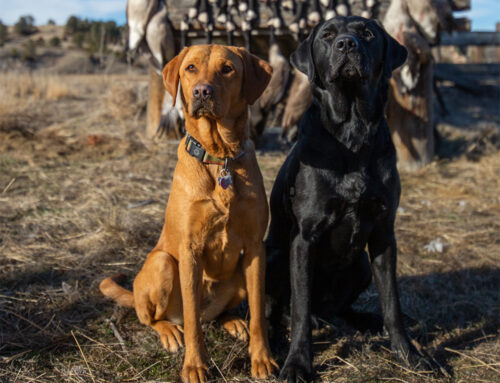
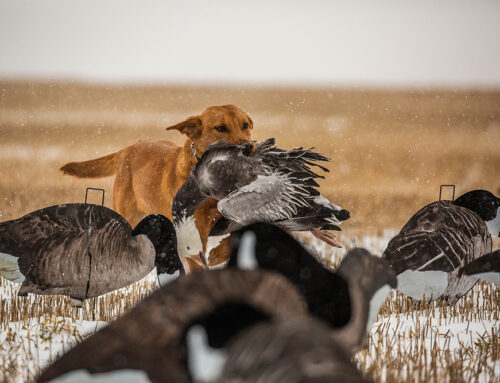
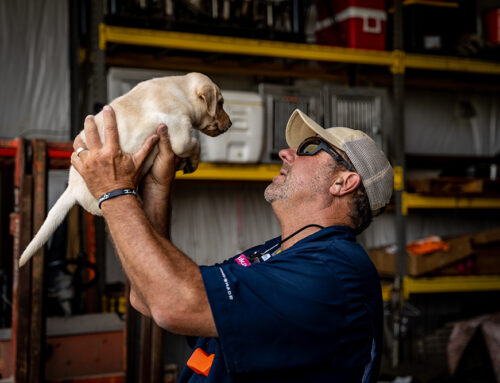
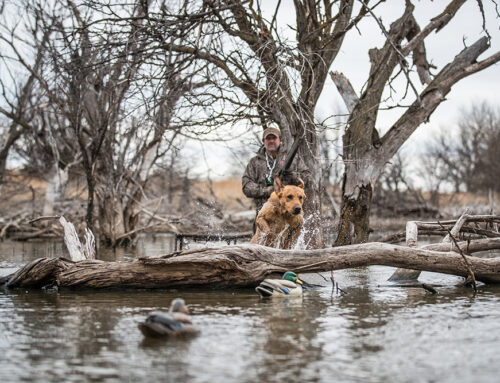
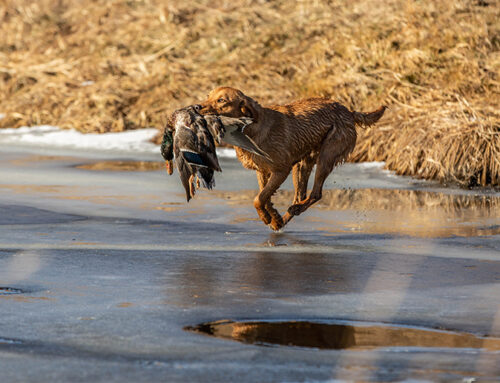
Leave A Comment